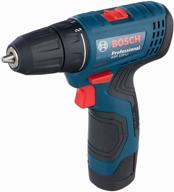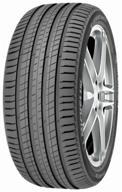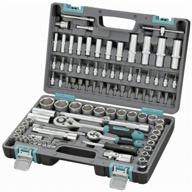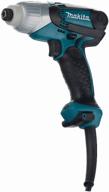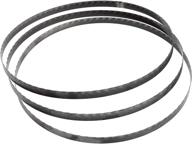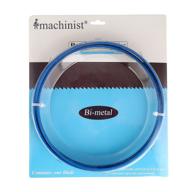
Review on 🔧 Irwin Industrial Tools 10231CB 13 Steps: Quality, Durability, and Precision Combined! by Bryan Turner

Drill holes for guitar pins.
I bought this bit as part of my tool kit for drilling end pin holes in expensive guitars to install end pin sockets for internal pickups. Every drill bit makes a hole, but I wanted to make sure the guitar's wood was in perfect condition after the hole was drilled. Serious damage to a $5,000 guitar can ruin a person's day, especially if they own the guitar. If there is no previous hole, a new 1/4-inch hole is usually drilled by a luthier using a sharp-tipped drill bit and then a precision cone reamer. However, sometimes there is already a smaller hole where the strap button was screwed in or the tapered end pin was pushed into the tapered hole. Perhaps the tapered end pin was even glued into the tapered hole and cannot be removed without drilling. One could drill a new hole as if it never existed, then use a precision reamer to safely ream the hole to its final size. Buttonhole as a pilot hole and then precision reamer to bring the hole to its final size. I used a Unibit for this exact purpose and it worked great without damaging the guitar. However, once the button has been glued into the tapered wooden band, the barrel can be carefully sawed off at the base and the hole drilled with a pointed drill and then reamed out, as in a situation where the hole never existed. However, sawing is not necessary if a hole punch is used in the center of the wood end pin, a 1/8" pilot hole is drilled with a regular metal twist drill or spade bit, and a Unibit is used to drill the hole. strap button and into the guitar. Eventually, as the Unibit goes deeper, a tapered hole is formed that is larger than the button of the strap, and the button is drilled out completely, leaving only a well-tapered hole for precise reaming. to final size. The Unibit can be used after drilling a pilot hole without using a precision reamer. In this case, it's best to stop drilling with the Unibit when it reaches 15/32" spacing, and then finish the hole with a standard 15/32" metal drill bit, which tends to self-tap to center. Or you can use the Unibit to fully penetrate the base of the guitar and end block, leaving a 1/2" hole that is a bit too big for most end pins but perfectly usable. Alternatively you can buy a 12mm unibit which is 15/32 inch and the hole will be just the right size. It's highly recommended that you use a precision reamer from a reputable luthier, but a simple unibit will probably serve you well too. Place blue masking tape where the hole will be drilled to protect the wood from damage. DO NOT use cheap conical hand reamers, including those made by Irwin - they don't make good concentric holes in wood. I've tried and failed miserably. Cobalt Unibit is not required. Standard (less expensive) tool steel works well, just not as long as cobalt. For an extra $10, cobalt seems like a better deal if used frequently. It is a necessary tool in the guitar workshop.
- IRWIN drill sizes are laser marked for easy identification.
- No instructions.


